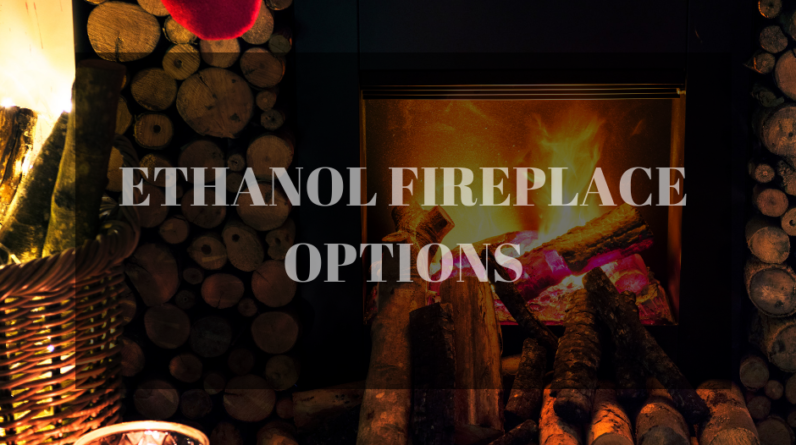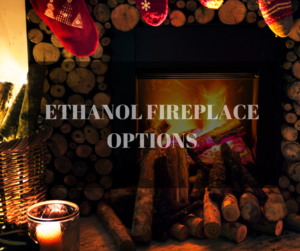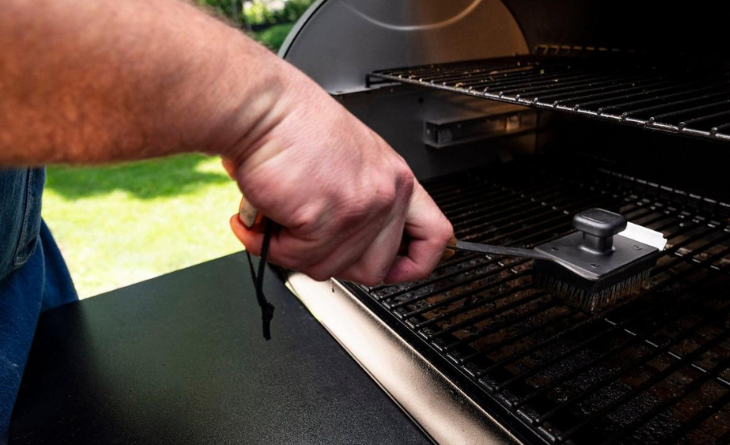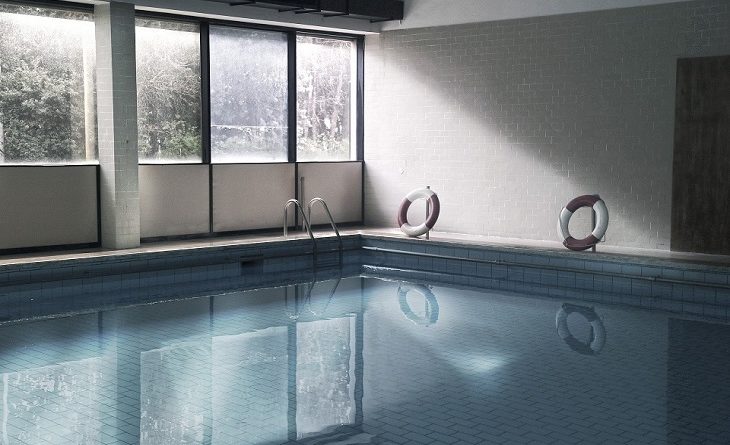
There are a quite a few options for you to consider when it comes to keeping warm but perhaps the most conventional manner would be a fireplace.
Now, rather than use wood (which generally contributes to air pollution and leaves soot on your walls), perhaps you would consider using an ethanol fireplace.
WHAT IS AN ETHANOL FIREPLACE?
Ethanol fireplaces are fireplace that utilise biofuel (ethanol or similar components) in combustion to provide a real flame and generate heat. Since these fireplaces use denatured alcohol, no fumes are emitted and do not require a chimney. These fireplaces are generally comprised of a burner encased in a container that regulates the combustion of the ethanol.
Furthermore, Ethanol Fireplaces Sydney are quite elegant as well (and surprisingly easy to move around the house depending on the type of ethanol fireplace in question).
There are generally 3 types of ethanol fireplaces: wall ethanol fireplaces, pedestal ethanol fireplaces and cocoon ethanol fireplaces.
Wall ethanol fireplaces are generally built into the wall of your dwelling and as such, are immobile. Since they are wall units you have the flexibility of choosing the size you want. The Icon Nero Fire Wall fireplace series provides some variety in this wall units. Pedestal ethanol fireplaces are mounted on pedestals which can be moved around the house. They are generally smaller than wall fireplaces and may even double as ethanol heaters. There are also some stainless-steel pedestal ethanol fireplaces. Cocoon ethanol fireplaces are encased within sphere – like structures and may be hung from the ceiling. Some house heating providers may provide augmented fireplace units that combine these characteristics such as cocoon pedestal ethanol fireplaces (cocoon fireplaces that are mounted on pedestals)

BENEFITS OF ETHANOL FIREPLACES
Ease Of Use
A traditional fireplace would require you to chop firewood, load up the fireplace itself (possibly catch a few splinters on your fingers) and struggle with actually lighting up the fire. Ethanol fireplaces are quite easy to use and only require 2 main process to operate. This is simply filling the burner with ethanol then igniting with the long lighter provided.
Minimal Maintenance
Traditional fireplaces would typically have ash and soot all over after a normal night of use. Ashy fireplaces are typically harder to light than normal fireplaces. This requires constant frequent cleaning. Ethanol fireplaces do not emit any smoke or soot and are much cleaner as a result. Other than the occasional wipe to remove normal dirt that typically builds up on objects, no other maintenance is required.
Independent Unit
Typical fireplaces require a corresponding installation such as a chimney. Furthermore, traditional fireplaces are fixed structures. This is in stark contrast to ethanol fireplaces, which, as a result of their extremely low emissions, do not require chimneys.





